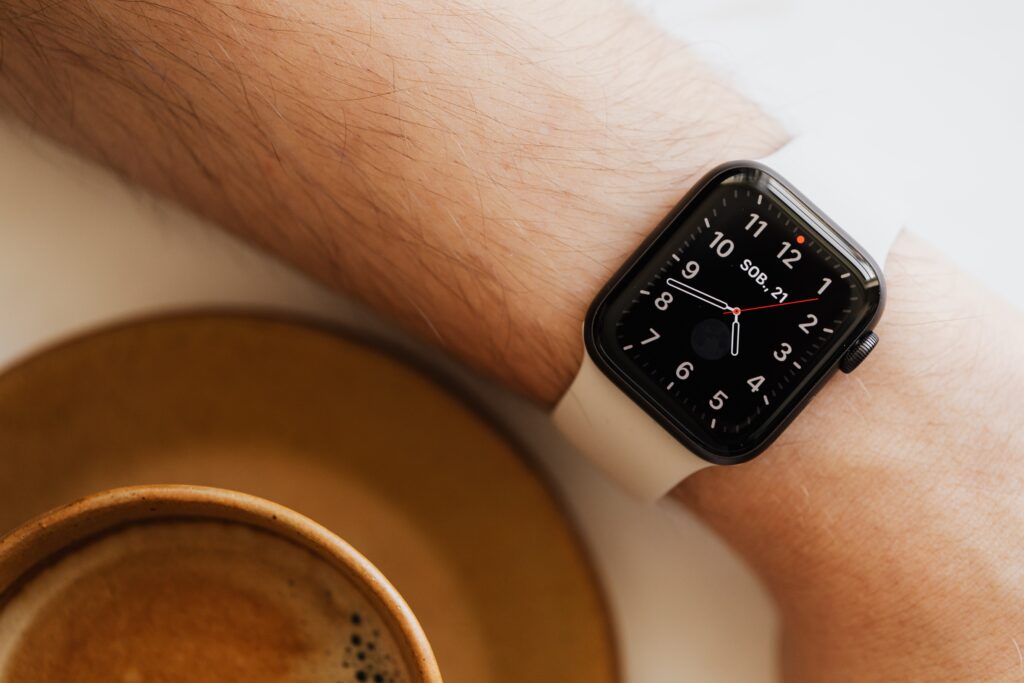The concept of wearable technology is no longer confined to science fiction novels and movies. It is now an integral part of our daily lives. From smartwatches and fitness trackers to augmented reality glasses and smart clothing, wearable technology has come a long way since the first calculator watches in the 1980s. In this article, we’ll explore some of the latest innovations and applications of wearable technology.
One of the most popular applications of wearable technology is in the field of health and fitness. Wearable fitness trackers, such as Fitbit and Garmin, allow users to track their physical activity, monitor their heart rate, and even track their sleep patterns. These devices have become an essential tool for people looking to improve their overall health and fitness.
But wearable technology isn’t just limited to fitness tracking. Smartwatches, such as the Apple Watch and Samsung Galaxy Watch, have become popular accessories for their ability to provide notifications, answer calls, and control smart home devices. They also come with features such as GPS tracking, contactless payment, and voice assistants like Siri and Alexa.
Another area where wearable technology is making significant advances is in the field of augmented reality (AR) and virtual reality (VR). AR glasses, such as Microsoft’s HoloLens and Google Glass, provide users with a layer of digital information overlaid onto the physical world. This technology has applications in fields such as medicine, where surgeons can use AR glasses to visualize medical images in real-time during surgeries, and in manufacturing, where workers can use AR glasses to receive instructions and feedback while performing complex tasks.
VR headsets, such as the Oculus Quest 2 and PlayStation VR, allow users to immerse themselves in virtual environments, whether for gaming or for training purposes. For example, VR is being used in the military to train soldiers in battlefield scenarios, and in healthcare to treat conditions such as post-traumatic stress disorder (PTSD).
Wearable technology is also making waves in the fashion industry. Smart clothing, such as the Levi’s Commuter Trucker Jacket and the Nike Adapt BB basketball shoes, incorporates technology such as sensors and microchips to provide users with enhanced functionality. For example, the Levi’s jacket allows users to control their music and receive notifications by simply touching the sleeve, while the Nike shoes can be adjusted using a smartphone app to provide a custom fit.
Finally, wearable technology is also finding applications in the workplace. Smart glasses, such as the Vuzix M400 and RealWear HMT-1, provide workers with hands-free access to information and remote assistance, improving productivity and safety. For example, field technicians can use smart glasses to receive real-time instructions and feedback from remote experts while performing maintenance tasks.
In conclusion, wearable technology is no longer just a gimmick or a fashion statement. It is a rapidly evolving field with applications in areas such as health and fitness, augmented and virtual reality, fashion, and the workplace. As the technology continues to advance, we can expect to see more innovative applications and use cases emerge. Whether you’re looking to improve your health and fitness, stay connected on-the-go, or enhance your work performance, wearable technology has something to offer.










